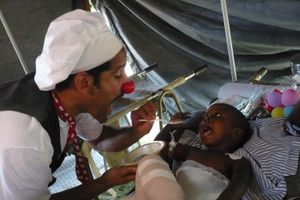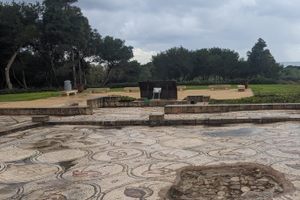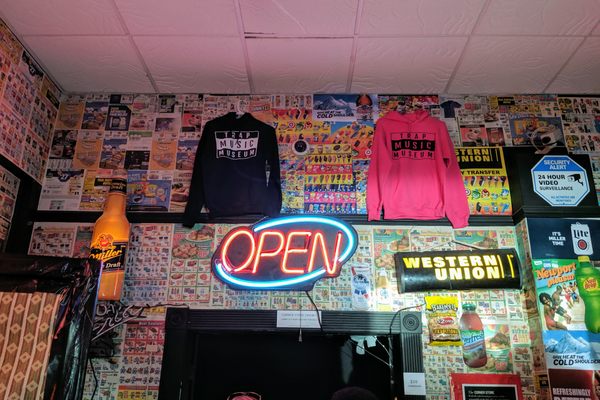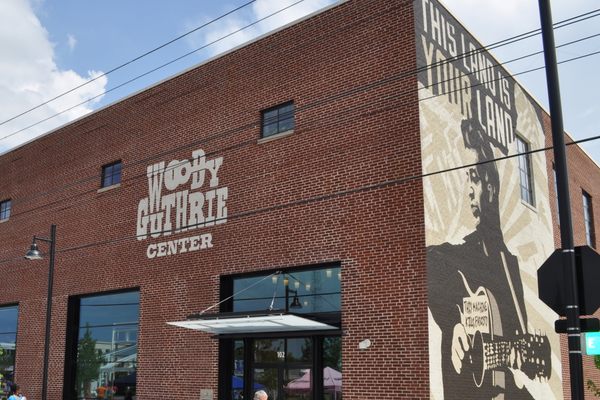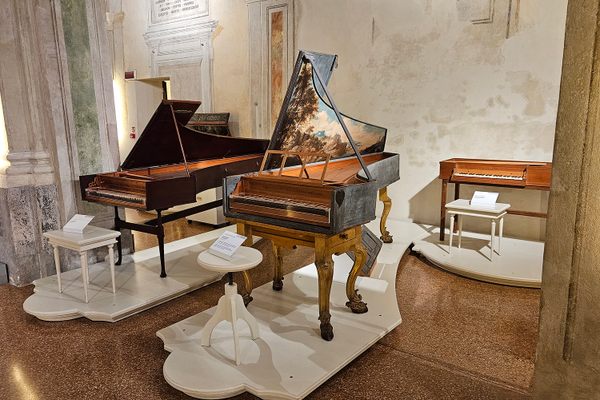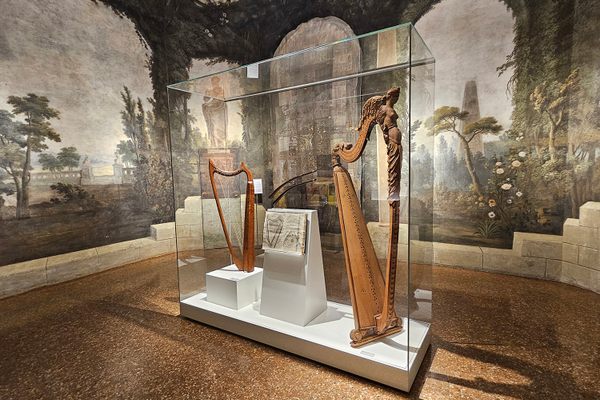About
Before iPhones, there were DVDs. Before DVDs, there were Walkmans. Before Walkmans, there were cassette players. Before cassettes, vinyl, and before vinyl, Edison wax cylinders.
But according to Nissan Cohen, owner and curator at the Nisco Museum, what came before all of these was by far more magnificent: intricate machines that played live music. These charming, beautifully crafted instruments could be called "music boxes." But if you’re thinking of little cranked ballerinas spinning to "Happy Birthday," think again. With its extensive collection of these machines, the Nisco Museum is a place of enchantment that will bring you into a bygone world of large, unbelievably complex wonders of sound and sight.
The very name of the museum—Nisco, short for Nissan Cohen—hints at the fact that this is a personal project of a passionate collector who loves sharing his lifelong assembling of antique music-making instruments. The museum is located in the hills overlooking the Mediterranean Sea in a large building at the entrance to the quaint Israeli artist village, Ein Hod. You enter through the small gift shop, which gives no hint at what awaits you just a few steps below: a large hall filled with hundreds of carefully selected examples of the art, science, and technology involved in creating the mechanical music that flourished from the mid-1800s to 1900.
The museum collection includes everything from hurdy gurdies to automatic organs and pianos. Everywhere you turn in this dizzying musical mine, you find yet another example of the human need to have music always close by. Often the music is accompanied by a display of mechanical automata in the form of animals, humans, and dolls.
The Nisco's most impressive piece is the work of another mechanical-music aficionado, Arthur Prinsen. A musician and composer from Belgium, Prinsen brought the old art of mechanical organ-playing from punched books well into the 20th century. Cohen acquired Prinsen's huge 84-key mechanical organ—named Primar—in Belgium and lovingly reassembled it in Ein Hod. Its rich, immense sound will resonate with you long after you bid farewell to Cohen and thank him for sharing his resurrection of reverberations from long ago and his passion for music magic with you.
Related Tags
Know Before You Go
Turn east up 7111 off route 4. The museum will be on your right. Park near the main building.
Community Contributors
Added By
Published
November 12, 2020












